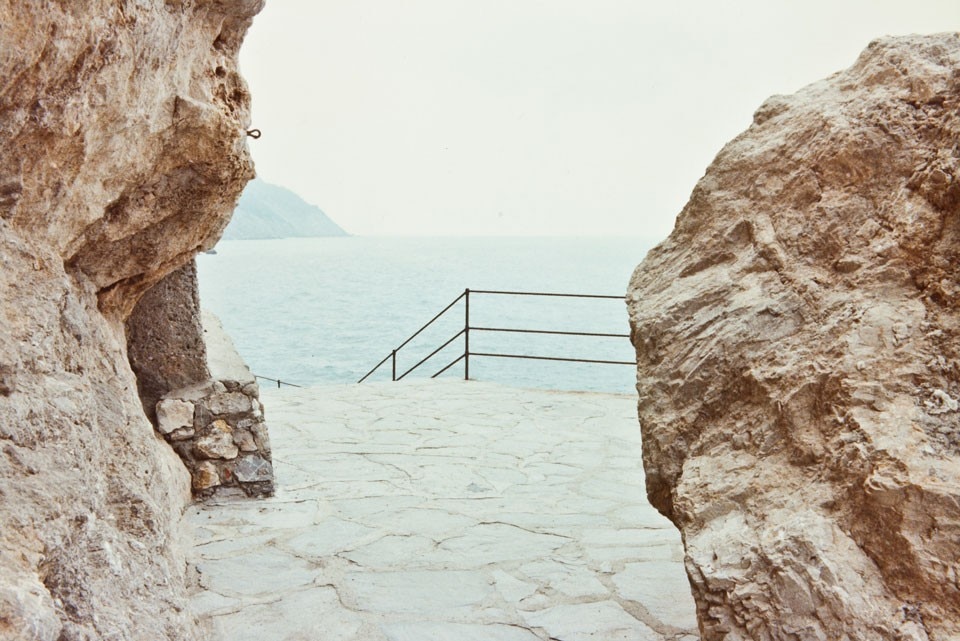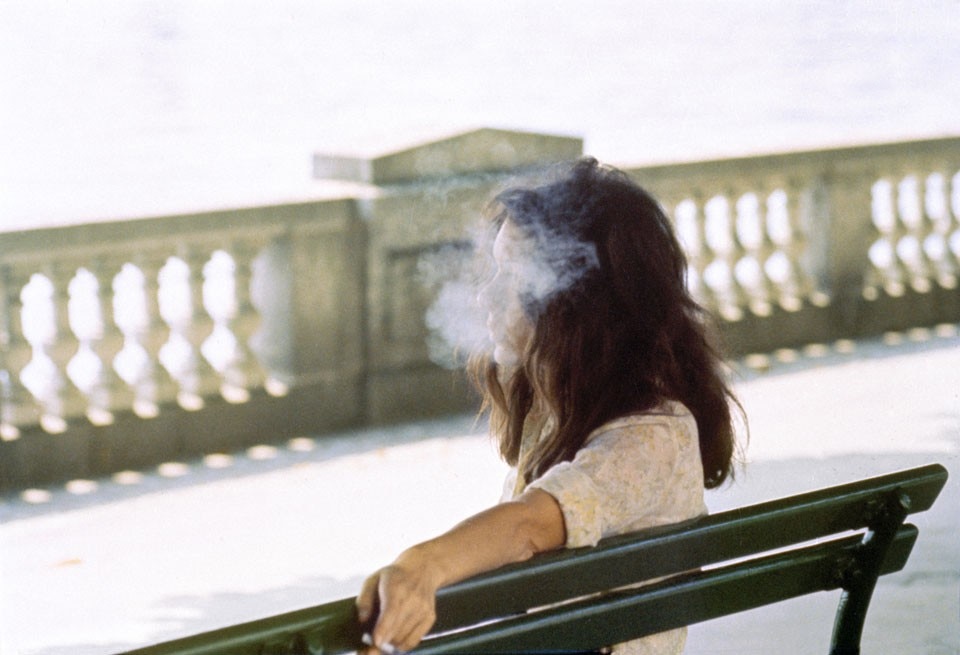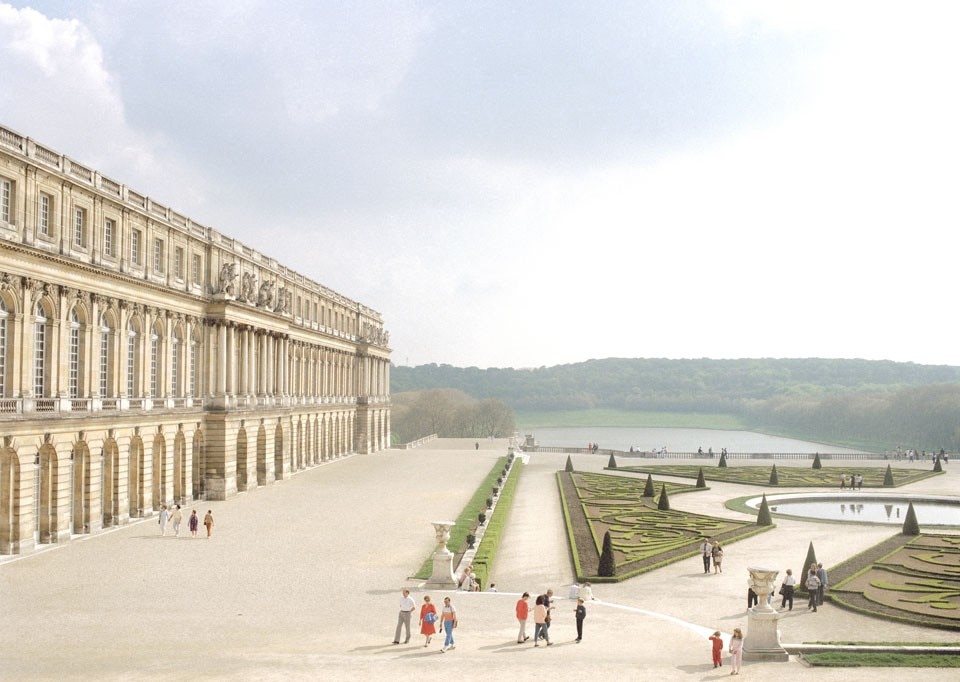
"The atlas is the book, the place where all the signs of the earth — natural and cultural — are represented according to conventions: mountains, lakes, pyramids, oceans, cities, villages, stars and islands. In this totality of writing and description, we are able to find where we live, where we'd like to go, and the route to follow."
—in Atlante, 1973
Divided into three separate categories — Icons, Landscapes and Architecture — the pictures continuously fit these different subjects back together. In the landscapes, architecture is always present, or its absence is obvious; and landscapes are always the background to the architecture. Ghirri gathers his thoughts by hiding complex meanings behind apparent plainness. He does this by means of layering and framing.
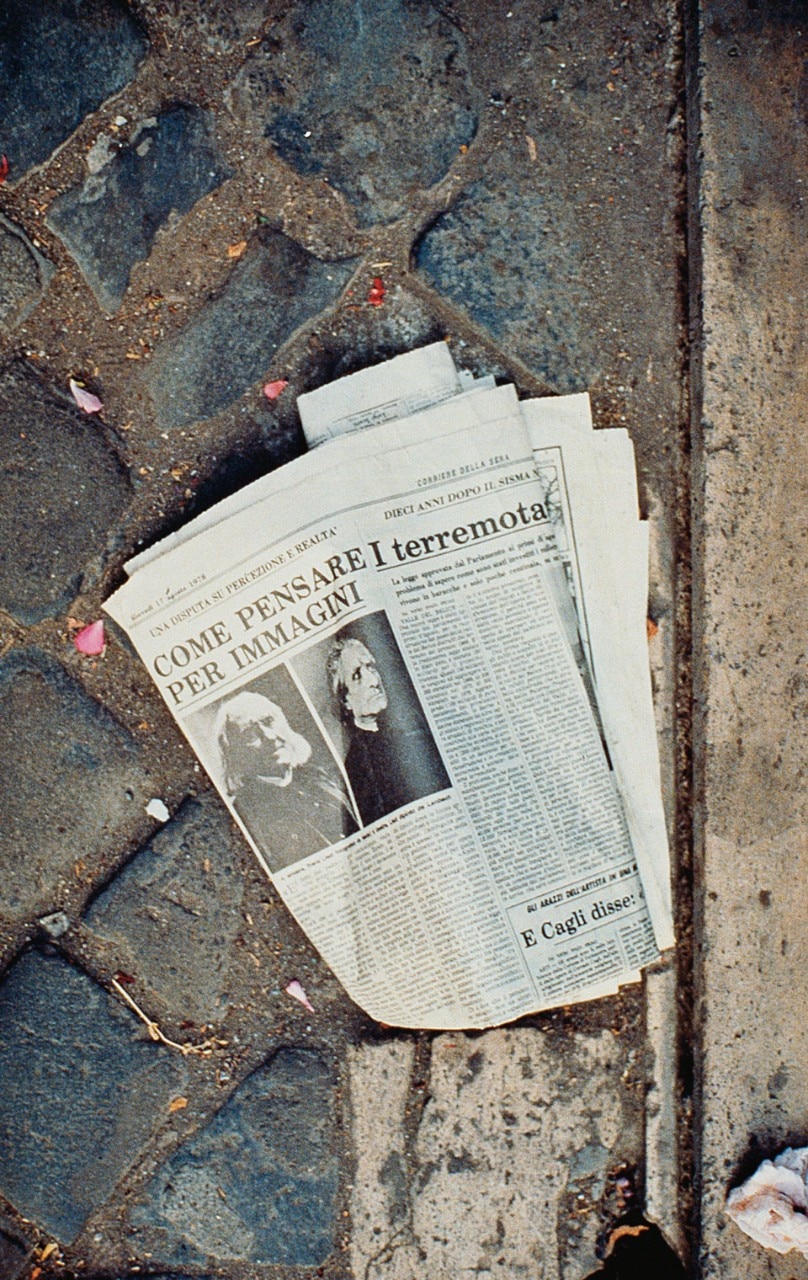
"Many people see and take these pictures for photomontages. I would call them photo-dismantlings. Extensively, gradually and increasingly, reality is transformed into a colossal photograph and the montage has already taken place at that very moment."
— in Kodachrome, 1978
Ghirri is never all too close to people. They are observed from a distance even when they are right in front of his lens. His gaze is respectful towards those who are looking. The human presence is often seen from behind, or fleetingly, never assailed, but made into a substitute for the photographer, who is ready to exchange viewpoints. This Emilian photographer is a versatile artist, a teacher and a curator who chose to observe reality by means of photography, to think about it by means of pictures, and then write about it by means of words.
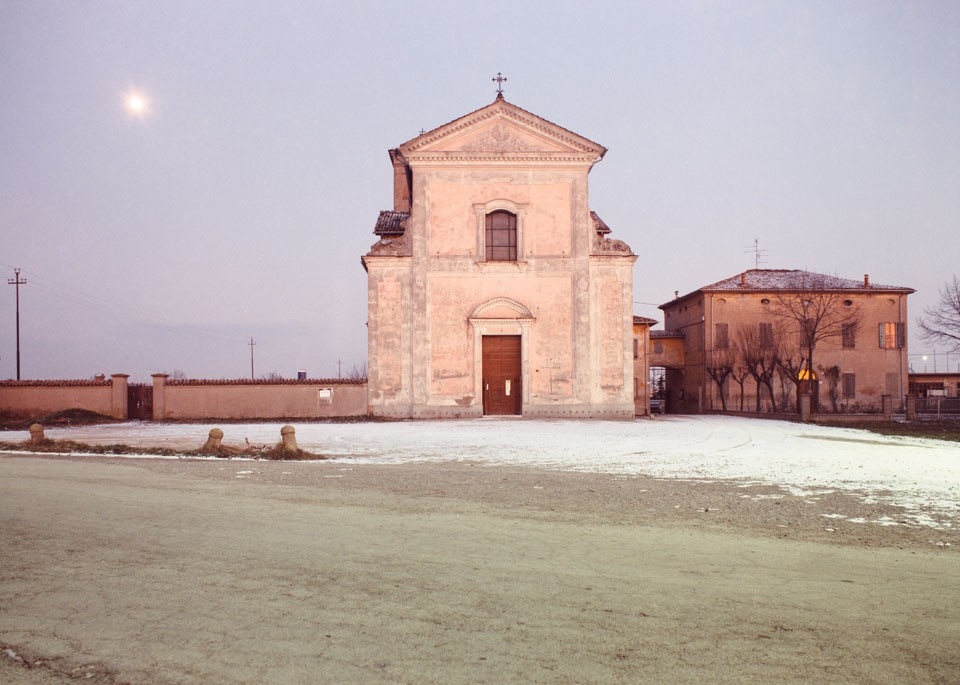
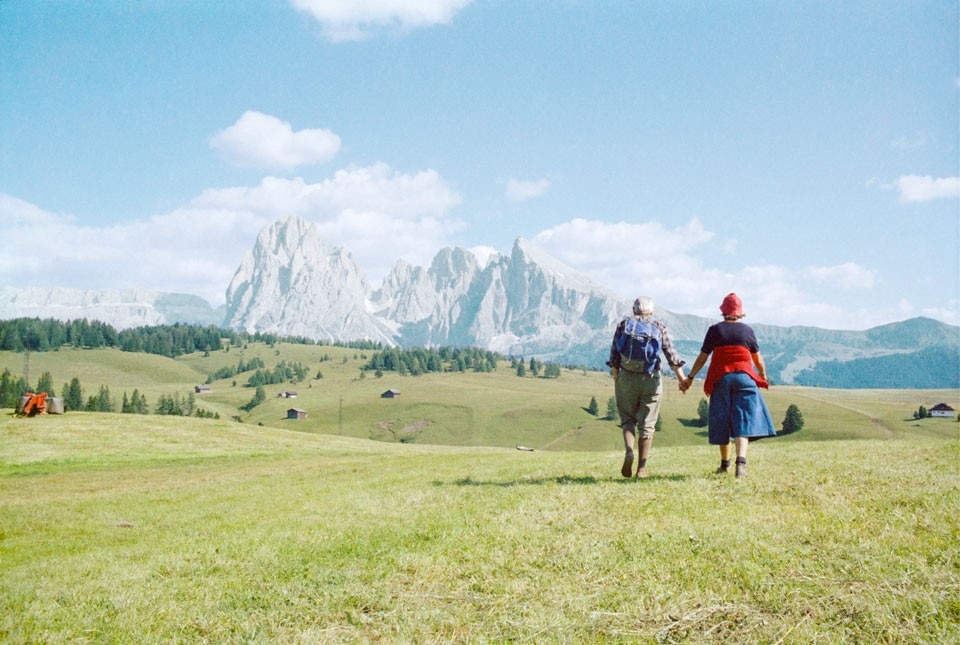
"Pensare per Immagini" does not only show Ghirri as a photographer, but also as a maturing curator and editor. Books, catalogues and artists' publications show what an all-round man he was and how his forte was his curiosity to explore. He understood that work is just "a departure point for the next adventure".
Among the many photos, three remain impressed on the mind's eye. The first is the picture of a woman sitting on a bench in Paris. Her eyes are covered by the smoke from her cigarette. The scene is suspended, we don't know rightly what to focus on, but we feel her thoughts and the questions she is asking herself — questions that neither she nor we have an answer to. And so, we remain thinking of her and ourselves, lost in time and space, waiting for the smoke to dissipate by dint of staring at her.
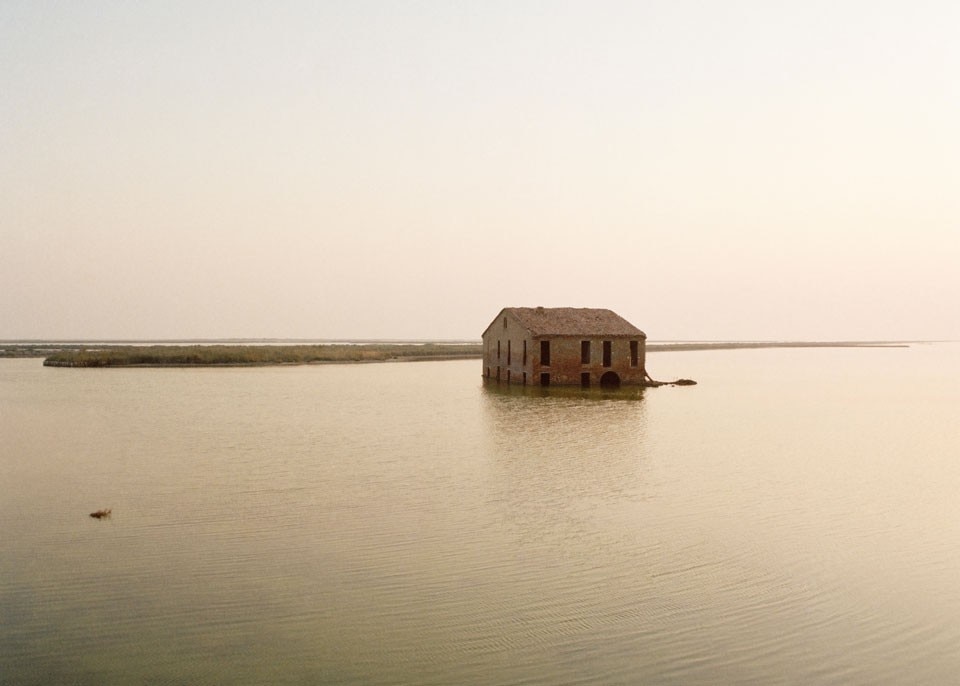
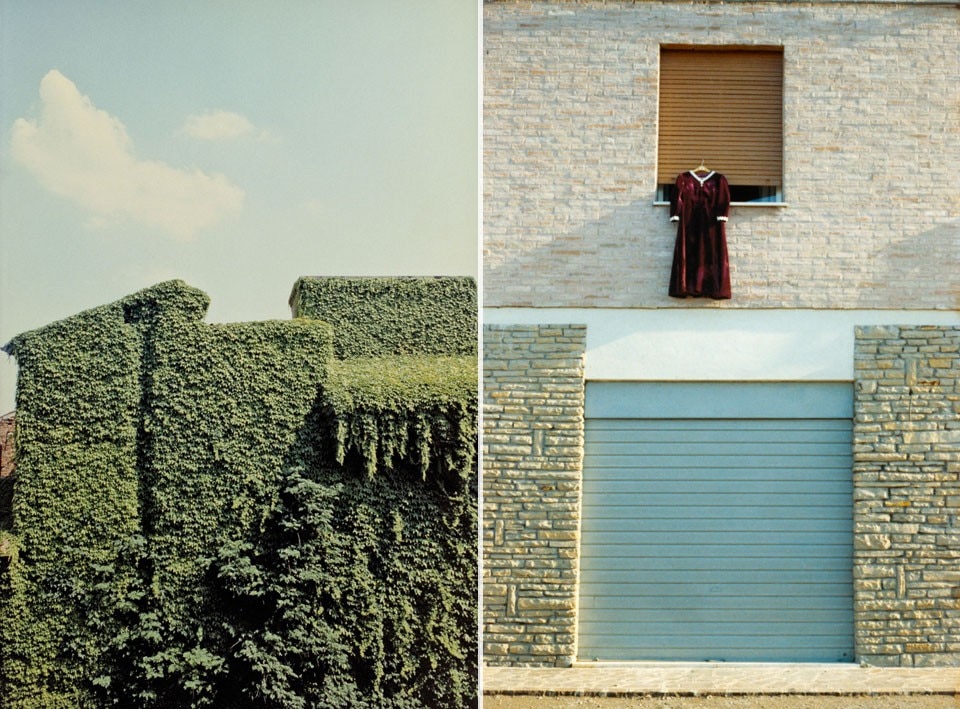
—in Lezioni di fotografia, 2010
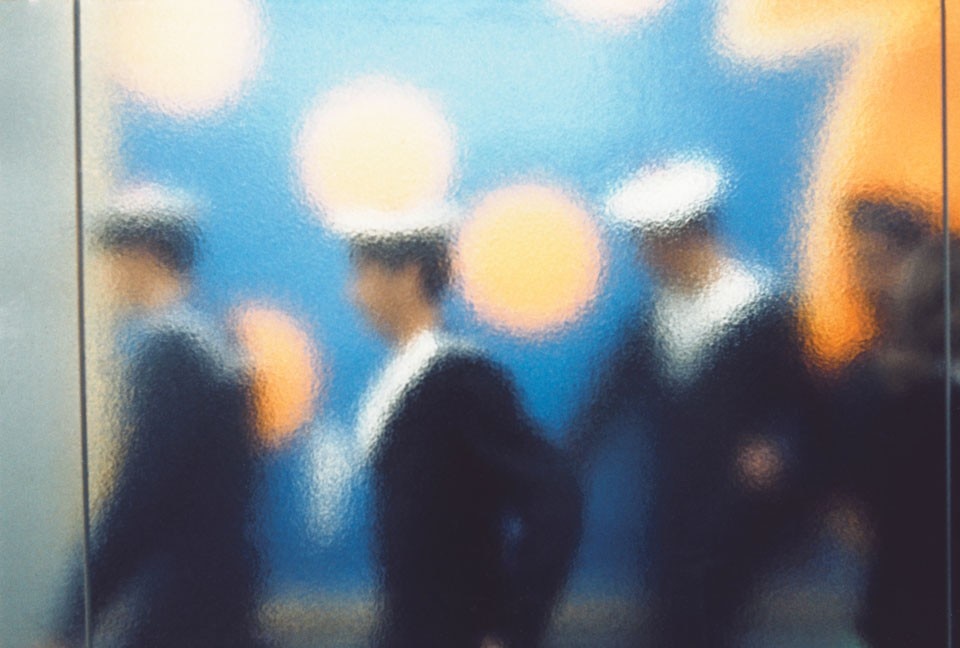
Luigi Ghirri. Thinking Images
MAXXI Museo nazionale delle arti del XXI secolo
Via Guido Reni 4A, Rome
